Sensor Sweep: Christopher Tolkien, The Mysterians, Taliesin, Vampirella
Monday , 20, January 2020 Uncategorized 1 Comment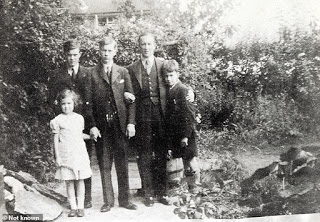
Tolkien (Notion Club Papers): Christopher Tolkien died a couple of days ago, which marks the end of an era – the last person who participated in the core Inklings meetings; the writing and discussion group that met in the evenings to read works in progress and have discussions stimulated. CT was probably the person I would (in a theoretical way) most have liked to get to know, as a friend, for long and detailed discussions – because there was so much that only he could have told.
Men’s Fiction (Wasteland & Sky): That’s the way men’s adventure used to be. At least, that’s what it was in the 1950s. What it became was slightly different. As the decades went on they started to get less and less heroic until they forgot what heroism was by the end of the 20th century. This is a pattern that can be seen with film at the time. The 1970s was a miserable time, by all accounts. Coming after the turbulent ’60s, the ’70s are regularly known as the nadir of western culture.
Cultural Musings (Jon Mollison): Today’s post is hopefully the start of a decent trend for 2020. The Pookinator fired some interest shots across the cultural bow when he pointed out that the Chick Tract on D&D is genuinely cursed because: It’s friendly fire. It’s directly responsible for mountains of apostasy. It covered up actual child abuse by making the “Satanic Panic” look like a ridiculous joke.
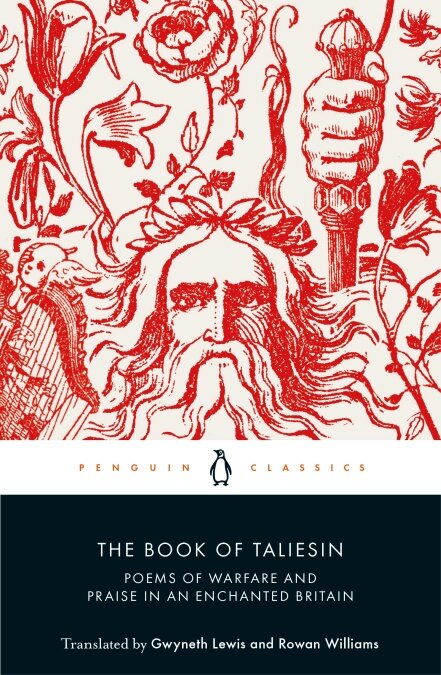
Celtic Myth (DMR Books): Thankfully, I have the recently-published The Book of Taliesin. It’s a new translation of a thirteenth century book of Welsh poems; the Llyvyr Taliesin (or ‘Book of Taliesin’, for all those sadly burdened by the crushing inability to speak the language of Heaven). You can thank National Poet of Wales Gwyneth Lewis and ex-Archbishop of Canterbury Rowan Williams (yes, really) for their hard work in translating it for a Saxon-speaking readership.
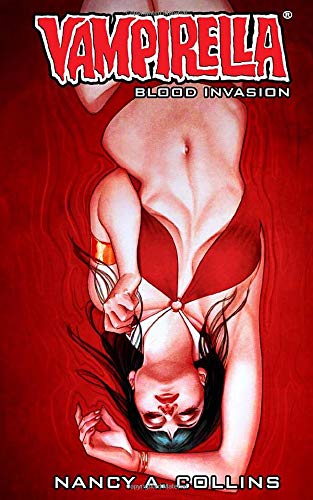
Vampire Fiction (Karavansara): I mentioned it yesterday, and I read it last night and today as I sat around a doctor’s waiting room – Vampirella: Blood Invasion, the first Vampirella novel, written by Nancy A. Collins and published by the fiction branch of Dynamite publishing is a very fast read, and a fun one. For the uninitiated, Vampirella is a character created fifty years ago as a host for a series of anthology magazines, that later evolved into an indie comic-book character in her own right, with her own universe, recurring characters, timeline and everything.
Clark Ashton Smith (Adventures Fantastic): lark Ashton Smith (1893-1961) was born on this date, January 13. Along with Robert E. Howard and H. P. Lovecraft, Smith was considered one of the Big Three of Weird Tales. Smith lived the longest of these three gentlemen, but his writing career wasn’t much longer. He wrote during the 1920s and 30s but stopped writing around 1937. Smith was a poet as well as a short story writer, and it shows in his lush, baroque prose. In fact, one of the more common criticisms of Smith is that reading him requires too much work and too large of a vocabulary. His stories were often set in imaginary worlds such as Hyperborea, Poseidonis, and Zothique.
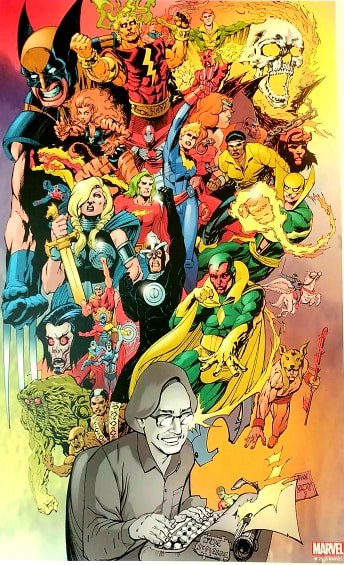
Comic Books (Hero Envy): It’s a bit hard to believe, when I look back at all the comic book characters I was fortunate enough to get to co-create or at least co-develop. But I’d grown up in small town Missouri loving comics, so when I got a chance to work in the field in 1965, at the ripe old age of 24, I grabbed it, and soon would be working for Marvel Comics and Stan Lee as his editorial assistant and “staff writer.” I suppose Banshee was the first super-type I dreamed up, although Stan wouldn’t let the character be a woman, as he should have been. I wasn’t wild about the idea of making up heroes for Marvel.
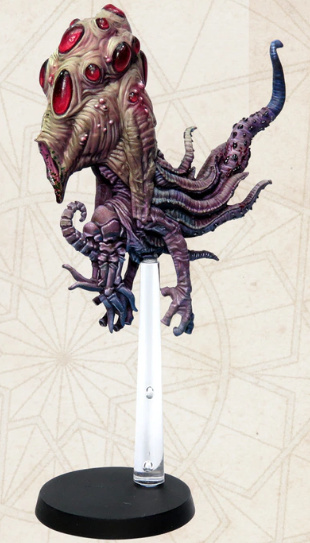
Gaming (Tentaclii): Board Games UK has an in-depth and very informed review of the new board-game Cthulhu: Death May Die. Even if you don’t care to play such Derlethian things, it appears to be quite a minor work of art in itself, with fine card-art and hand-painted miniature pieces.
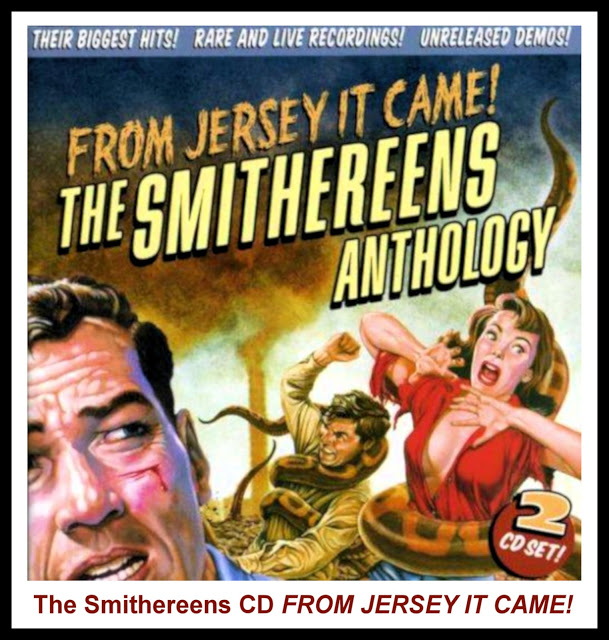
Men’s Adventure Magazines (Mens Pulp Magazines): In the Men’s Adventure Magazines & Books Facebook group, members sometimes post interesting examples of artwork from vintage men’s adventure magazines (MAMs) recycled for other purposes. One of my favorite examples was posted a while back by Timothy Isaacson, a group member in Illinois who has diverse tastes in art and music.
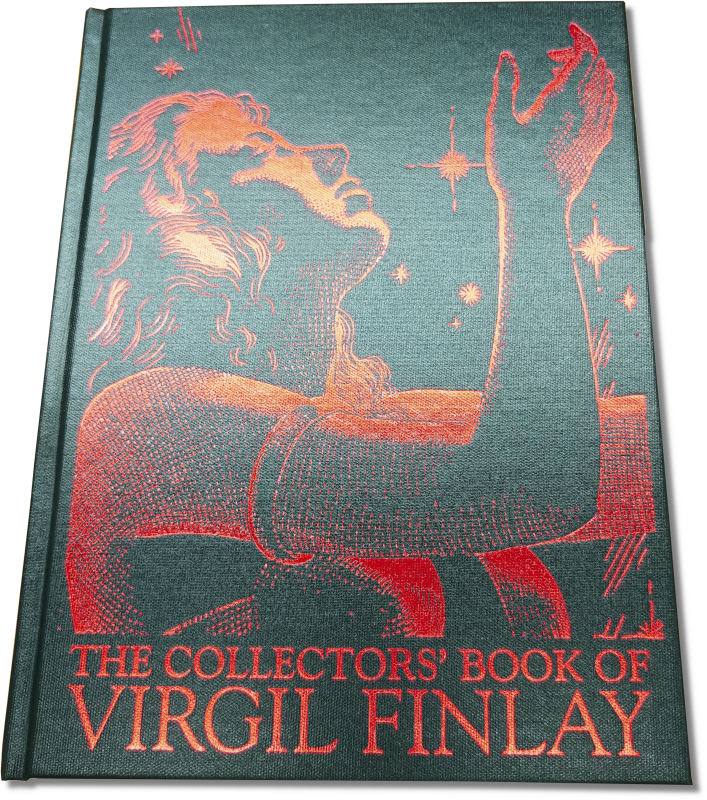
Pulp Art (DMR Books): When I walked into the Huckster’s Room at the ECOF in the summer of 2019 at Chicago, one of the first tables I visited was that of my friend and fellow author and Edgar Rice Burroughs fan, Gary Buckingham. In short order, Gary introduced me to a guy set up near him–a jovial and loquacious fellow by the name of Bob Garcia. In short order Bob was lauding the virtues of his wares (as might any good vendor). I can tell you, his expositions fell on willing ears when he immediately began telling me about a book of which he had but a few Publisher Copies (PC) remaining which contained examples of the works of a man I greatly admire, that being the immortal Virgil Finlay.
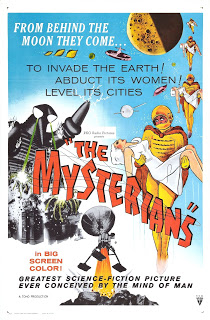
Cinema (RMWC Reviews): While Tetsujin 28-go got the Mecha genre officially rolling in 1956, the first on-screen post-Tetsujin manga mech would come from Toho Studios in December of 1957 in the sci-fi special effects extravaganza Chikyū Bōeigun (literally translated to “Earth Defense Force”) more widely known as The Mysterians. Directed by Ishirō Honda, (who had previously directed 1954’s seminal classic Godzilla), The Mysterians tells the story of scientists investigating strange astrophysical and geological phenomena, when an earthquake wipes out a mountain village.
Fantasy (Pulprev): Modernity has ruined fantasy. At one end of the scale, there is the slice-of-life tale, with ordinary people doing ordinary things, just with some counterfactual elements. At the other end, there is a setting that appears totally foreign to our reality–and yet the people who dwell in it base their actions on values, issues and ideologies extremely similar to ours; and on closer inspection what appears to be an alien realm is merely a distorted reflection of modern-day ideology. In the middle are tales set in worlds that aren’t too dissimilar to our own.
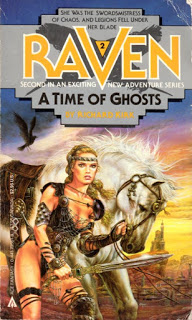
Fiction (Glorious Trash): The Raven saga continues with a second volume that seems to be set shortly after the first; Raven and her guru warlock (plus occasional bedmate) Spellbinder are still in the same region in which the previous volume concluded, however now Raven is training some new character named Silver on how to be a warrior in the army Raven’s apparently decided to form. Oh and meanwhile the novel has opened with that same future prologue with some unnamed old guy traveling around a desolate world and telling tales of long ago – tales about Raven.
Mr. Tolkien’s death is a sad thing, but not unexpected. What a life! He sat at the right hand of his father nearly from the dawn of Middle-earth, making maps and generally cheering on JRRT. His stewardship of his father’s legacy has set a bar that may never be surpassed. Add to that the fact that he was one of the oldest RAF veterans of WWII and the translator of the best edition of THE SAGA OF KING HEIDREK THE WISE, and you certainly have had a life worth living.
Great posts by Cowan and Cheah!
The review of THE BOOK OF TALIESIN is much appreciated. One of the earliest literary landmarks of post-Roman Western Civilization.